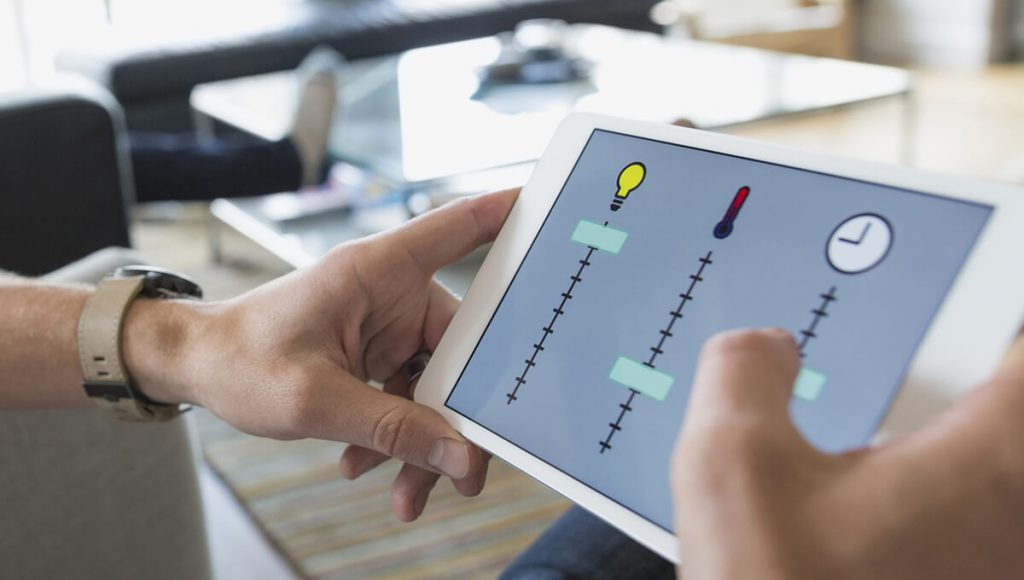
To achieve optimal development and innovation, the connected-objects market must meet a key requirement: interoperability.
From both functional and economic perspectives, the internet of things (IoT) is full of promise – this is one of the most appealing features of the digital revolution. According to French GfK polling form, two thousand million connected devices will be sold in France from 2015 to 2020.
New smart devices
However, to be truly effective, all of these new smart devices must satisfy a major requirement: interoperability.
Let’s consider home automation. This is a key growth area for connected objects according to GfK, which has forecast that every home will include, on average, about 30 IoT products within the next four years. Smart technology is still in the very early stages of development in our homes, but there is great potential for transforming the way things are done within our four walls and radically changing our daily lives. According to Gartner, homes may contain up to 500 smart devices by the year 2022.
The stakes are high. Not only is the number of connectable objects growing at an ever-accelerating pace, there is also a surge in the number of players in the market, including telecoms, application developers, and appliance manufacturers.
Establishing a common language
How do we get all of these people working toward establishing a common language? Through the traditional ploy of alliances, of course. In 2013, a few industrial giants, such as Technicolor and LG, laid the groundwork for the first IoT open-source consortium: the AllSeen Alliance. The objective: to enable devices from various manufacturers to interact in a secure and transparent manner, beyond their proprietary characteristics. In the three years since its founding, AllSeen Alliance has attracted more than 200 industry partners.
Other consortia are trying to put their stamp on this market. The Open Connectivity Foundation, which was created in February 2016 and brings together companies such as Samsung, Intel, and Dell, is positioning itself as AllSeen Alliance’s chief competitor.
The International Organization for Standardization (ISO) has also become active in the field of IoT interoperability. ISO is funded by nations according to the principle of “one member, one vote”; therefore, its operations are more “democratic” than those of private consortia, where large companies have more influence than smaller ones.
Major players such as Google, Apple, and Amazon are more concerned with protecting the data that generate most of their revenue; accordingly, they are jealously guarding their proprietary systems.
Will a single agreed-upon protocol emerge for the IoT ecosystem? How will this affect this market’s growth? What collateral damage will it produce? And when? There are many questions to be answered, but, by way of analogy, in online communications, the wi-fi standard did eventually win out.
The IoT should be a boost to many sectors in difficulty
In sectors such as textiles, vehicles, and consumer goods, the IoT should revive sales figures that have been flagging for years. It is estimated that, in three years, the number of connected cars on the road will be 420 million and that the number of connected clothing – such as, for example, Kaporal and Buzcard connected jeans – will rise to 19 million by the end of this year! The IoT will also foster development in these sectors by creating jobs. In 2014 alone, 1.7 million developers worked, on a full- or part-time basis, on projects relating to the internet of things.
12/10/2016


